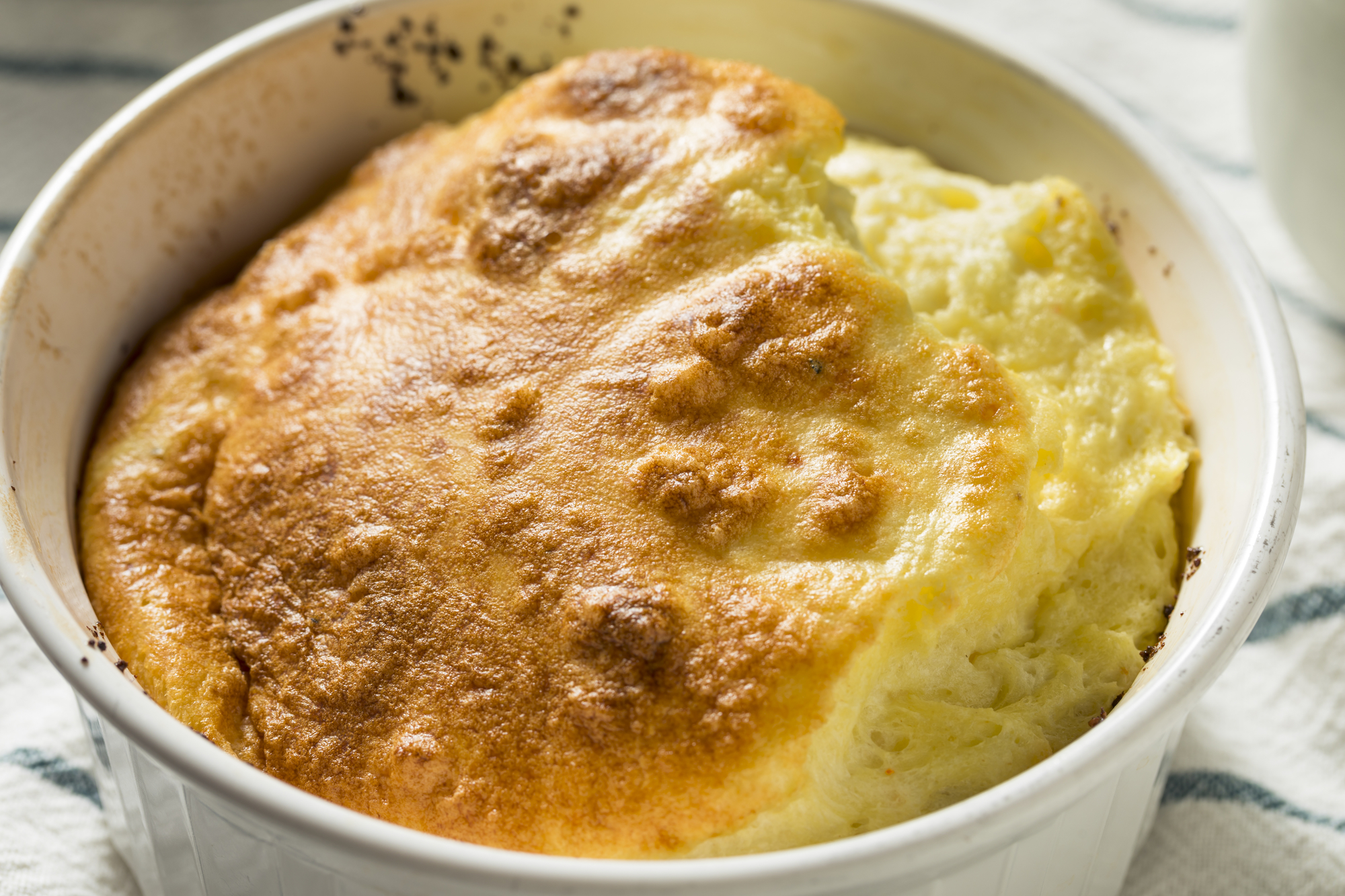Hearty Family Breakfasts For Winter
When I was growing up, we mostly ate buttered toast, or Raisin Bran and Cheerios cold cereal before we went to school. On weekends, my mother cooked eggs, French toast, or pancakes. Now, as an adult, I like bacon or sausage with eggs, adding cheese, chopped green onion and mushrooms if I have them. But I’ll eat anything, even leftovers from lunch or dinner. In the 1800s, people ate eggs for breakfast if they had them, and most of the…







